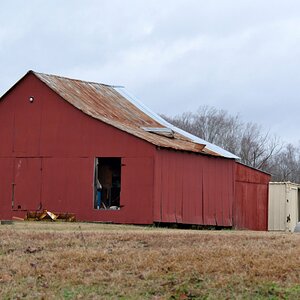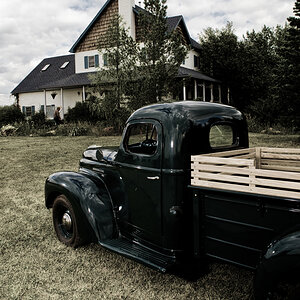Gary A.
Been spending a lot of time on here!
- Joined
- Sep 17, 2014
- Messages
- 22,357
- Reaction score
- 7,540
- Location
- Southern California
- Website
- www.garyayala.com
Actually Designer has an interesting point. Most people ... even a lot of photogs have a problem carrying and shooting pro level equipment. The size of the 1D's certainly is tough to handle physically and mentally and I seriously doubt that you need or can take advantage of what the 1D's have to offer over a lesser camera. Walking around with a 1D isn't a trivial thing. One has to be pretty committed to photography to shoot 1D's.
The problem with selling everything, is that it would be quite easy for you just to just walk away with a pocket full of coin and not give photography another thought ... and all of us here want to see you start shooting.
The problem with selling everything, is that it would be quite easy for you just to just walk away with a pocket full of coin and not give photography another thought ... and all of us here want to see you start shooting.



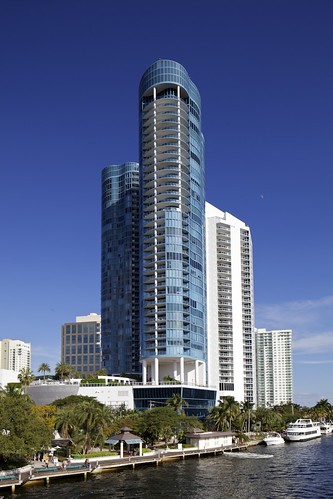
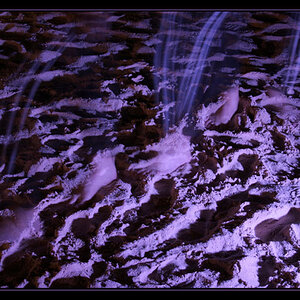

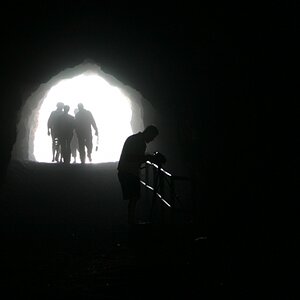
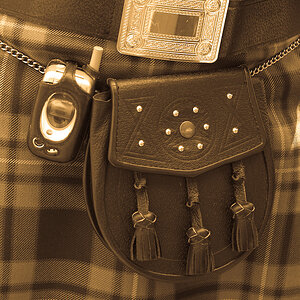
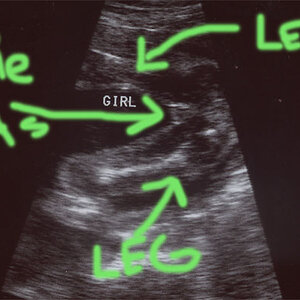
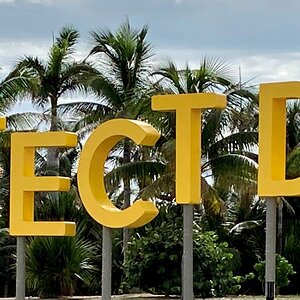
![[No title]](/data/xfmg/thumbnail/39/39645-11fae384f9fd2ec2813acc42adec0206.jpg?1619739148)



